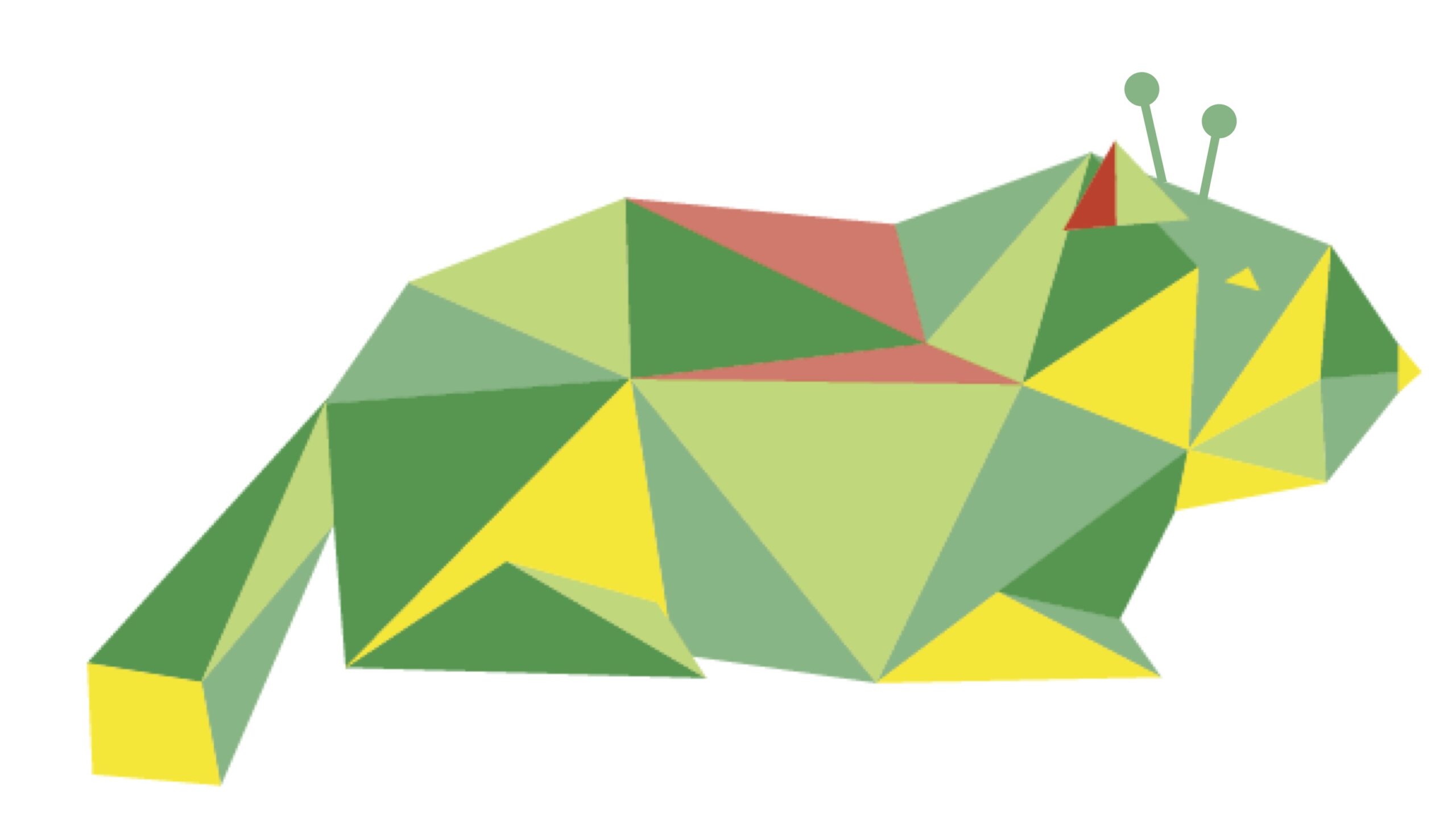
Figure 1

Figure 2

Team 31
Team Members |
Faculty Advisor |
Mihir Bhalodia |
Mukul Bansal Sponsor University of Connecticut |
sponsored by

Noise Life is an Android application created for auditory researchers, with the primary goal of being used with research participants to track their daily activities and ambient dB level of their surroundings over a long period of time. Our application prioritizes collecting accurate, meaningful data for the sponsor, providing the functionality to remind the user to update their activity not only periodically, but also when high variances in ambient dB are detected. Our app also offers a lot of customizability for researchers, including a secure settings page where they can start and stop the data recording process, as well as set various parameters pertaining to how often dB data will be collected, how often the user will be reminded to update their current activity, and under what conditions such notifications should be triggered. Our app is built on the Android operating system and will be published as an open-source project on GitHub. This allows other researchers to freely use, improve, or adapt the application to their own needs with relative ease, due to the plethora of resources available on Android development. Our app is built on 5 core components, sensor data collection, user activity tracking, a notification system, UI and settings, and lastly, data storage and security. Sensor data collection focuses on the recording, averaging, and analyzing of noise data from a microphone connected to the phone. Activity tracking focuses on how we track the participant’s activities without being too invasive, while still providing interesting and useable data for the researchers. Another major component is the notification system, which reminds the user to update their activity both periodically, and during periods of high ambient dB, to collect more relevant and interesting activity data for the researchers. Overall, the notification system will allow us to narrow the gap between the sensor data and activity data, resulting in more useful data for the sponsor. For data storage, we had to design our app to never store raw audio data, only the average dB value, to prevent any privacy concerns. Another focus of this component was making sure the data was stored in a clear, readable format, and was easily exportable from the phone for the researchers to analyze. Our application consists of two main tabs, one which is used by the research participant to input and update their current activity, and the other, securely locked behind a password, containing the settings panel. The first tab allows the user to select between a list of predefined “general” activities that are universally shared across most participants, such as Sleeping, Eating, Studying, Exercising, etc. For more personalized data collection, we have also included some custom activity fields, which the participant can fill in with their own specific activities that do not neatly fit into the other, predefined activities. The settings page, on the other hand, will be exclusively for the researchers, allowing them to stop, start, and tweak many parameters of the recording process. Some of the important options are the dB calibration offset to calibrate the noise data on the fly for different external microphones, as well as the ability to set the interval over which noise data will be recorded, then averaged and stored into one value. Other options include the ability to set the dB threshold at which our application should start notifying the user to update their activity, allowing the researchers to get more recent activity updates when the ambient dB increases beyond that threshold, as well as an option to set a recurring notification interval, periodically reminding the user to update their activity.
